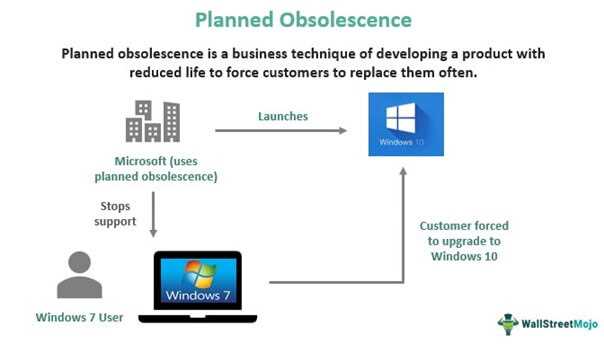Planned Obsolescence in Business

Planned obsolescence is a business strategy that involves intentionally designing and producing products with a limited lifespan. The goal of this strategy is to encourage consumers to replace their products more frequently, thereby driving sales and generating more revenue for the company.
There are several ways in which planned obsolescence can be implemented in business:
- Technological Obsolescence: This type of planned obsolescence occurs when new technologies are introduced, making older products outdated or incompatible. Companies intentionally release new versions of their products with upgraded features, forcing consumers to upgrade and stay up-to-date.
- Functional Obsolescence: Functional obsolescence is when products are designed to have a limited lifespan due to the use of inferior materials or components. This ensures that the product will eventually wear out or break, prompting consumers to purchase a replacement.
- Style Obsolescence: Style obsolescence is commonly seen in industries such as fashion and technology, where trends change rapidly. Companies intentionally create products that are trendy and fashionable for a short period of time, encouraging consumers to buy the latest styles.
- Software Obsolescence: With the rise of digital products, software obsolescence has become a common strategy. Companies release software updates that are only compatible with the latest versions of their products, making older versions obsolete and pushing consumers to upgrade.
Planned obsolescence can be a controversial practice, as it can contribute to environmental issues and consumer dissatisfaction. However, from a business perspective, it can be an effective strategy to drive sales and maintain a competitive edge in the market.
It is important for businesses to strike a balance between planned obsolescence and sustainability. By designing products that are durable and repairable, companies can reduce waste and improve customer satisfaction. Additionally, offering upgrade options or trade-in programs can provide consumers with more affordable and environmentally-friendly alternatives.

Emily Bibb simplifies finance through bestselling books and articles, bridging complex concepts for everyday understanding. Engaging audiences via social media, she shares insights for financial success. Active in seminars and philanthropy, Bibb aims to create a more financially informed society, driven by her passion for empowering others.
